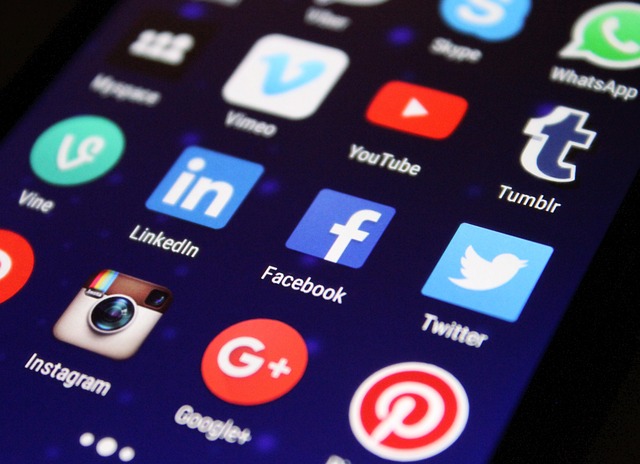
Harnessing Nonverbal Communication: The Science, Technology, and Workplace Culture Connection
Understanding Nonverbal Communication: A Connection to Our Values
In our fast-paced world, effective communication is more crucial than ever, and a significant portion of that communication occurs beyond the spoken word. Nonverbal communication, encompassing everything from facial expressions to body language, plays a vital role in how we convey messages and emotions. This form of interaction connects deeply with our values, influencing our relationships in personal and professional spheres alike.
The Science Behind Nonverbal Communication
Research in psychology and behavioral science reveals that nonverbal cues often speak louder than words. They account for a staggering percentage of how we interpret what others communicate. For instance, a study by Albert Mehrabian highlighted that 93% of communication effectiveness is determined by nonverbal cues, including tone of voice and body language. Understanding this science helps us appreciate the depth of nonverbal signals, providing a layer of context in our interactions.
When we grasp the significance of nonverbal communication, we start to realize how our body language, facial expressions, and gestures can reinforce or undermine our verbal expressions. A simple nod can affirm understanding, while crossed arms might indicate defensiveness. Recognizing these signals not only improves our interpersonal skills but also enriches our empathy and connection with others.
Technology’s Role in Shaping Nonverbal Dynamics
In today’s digital world, technology has transformed how we communicate, often complicating nonverbal communication. Video calls, instant messages, and social media interactions can strip away critical nonverbal cues, leading to misunderstandings. Face-to-face interactions allow for richer exchanges, where eye contact and posture inform our interpretations. As technology continues to grow, it challenges us to find new ways of reading nonverbal signals in virtual settings.
Innovative tools like AI-driven communication platforms and virtual reality can aid in bridging the gap left by physical distance. These technologies offer new possibilities to simulate in-person interactions, prompting us to navigate nonverbal nuances in a digital context. By leveraging these advancements, we can foster authentic connections that resonate with our values even in a virtual environment.
Workplace Culture and Nonverbal Communication
The significance of nonverbal communication extends profoundly into workplace culture. Office environments rich in collaboration and open dialogue benefit from an acute awareness of nonverbal signals. When team members actively observe and respond to each other’s body language, they cultivate a climate of trust and inclusivity. This, in turn, enhances overall morale and productivity.
Leaders who understand and harness the power of nonverbal cues can convey confidence and approachability, fostering an open environment for communication. Moreover, acknowledging the influence of diverse cultural backgrounds on nonverbal communication can help teams navigate differences and appreciate varied perspectives, promoting inclusivity and mutual respect within the workplace.
As we embrace these insights, we cultivate a culture where individuals feel heard and valued, reinforcing the core values that drive successful collaboration. By recognizing and addressing the impact of nonverbal cues, we can empower ourselves and others to communicate more effectively and authentically, ultimately enriching both our personal and professional lives.



